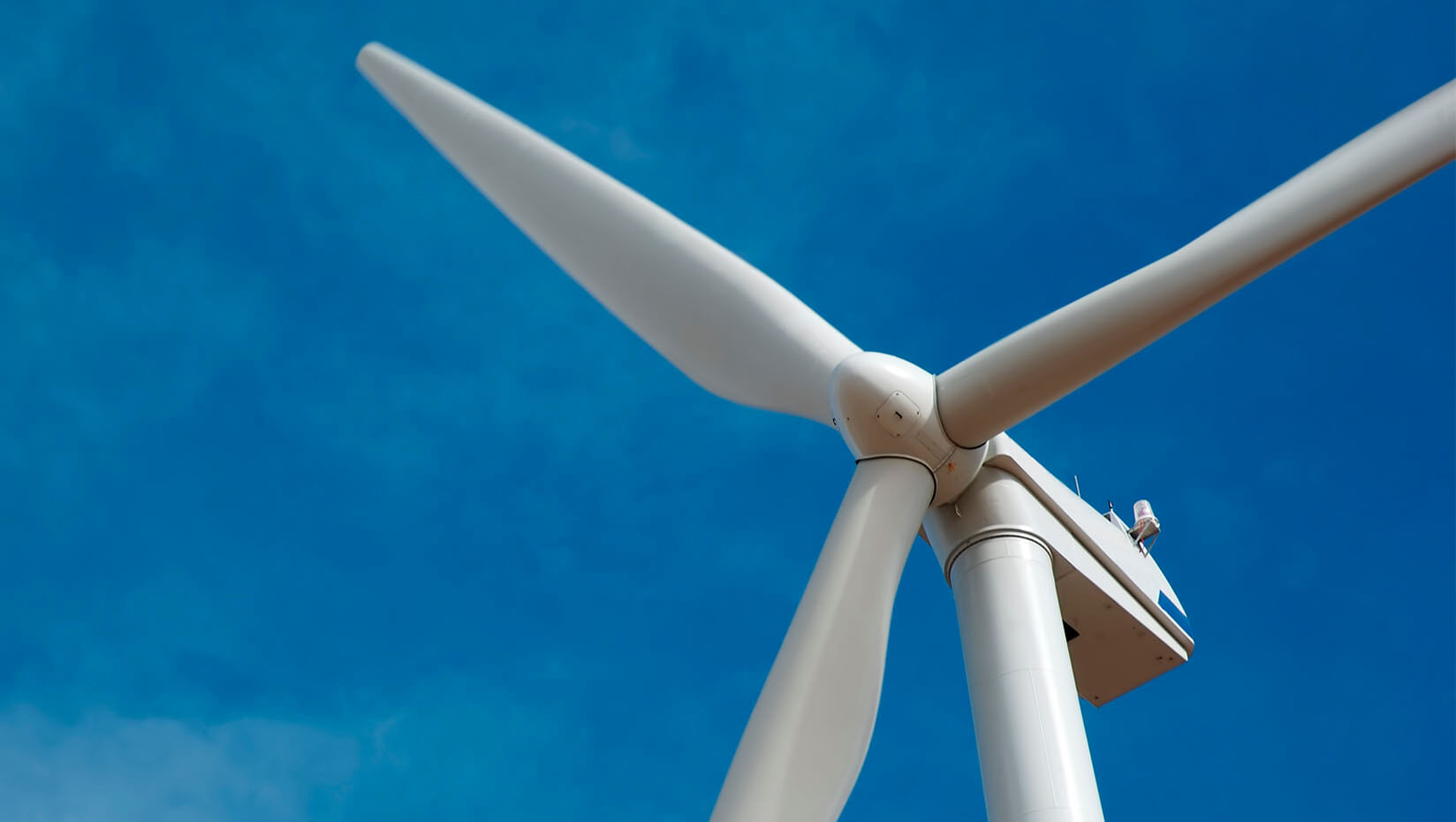
UMaine researchers aim to recycle wind turbine blades as 3D printing material
A team of University of Maine researchers have secured a $75,000 grant to explore recycling wind blades as feedstock for 3D printing. The award is a Phase 1 winner from the Department of Energy’s Wind Energy Technologies Office’s Wind Turbine Materials Recycling Prize.
Led by the Advanced Structures and Composites Center (ASCC), the WIND REWIND team’s project “Blades for Large-Format Additive Manufacturing” marks a significant milestone in their mission to advance recycling solutions for a circular wind energy economy.
“We are grateful for the Department of Energy’s continued support in our mission to advance wind energy technologies. With thousands of wind blades destined for landfill disposal, this funding allows us to explore the responsible recycling of these products, to reuse and repurpose them as feedstock materials for 3D printing, said Habib Dagher, executive director of the ASCC.
The project proposes an innovative approach to recycle shredded wind turbine blade material as a cost-effective reinforcement and filler for large-scale 3D printing. By substituting short carbon fibers with shredded and milled material from wind blades, the team aims to achieve mechanical recycling of 100% of the composite blade material.
Research efforts will focus on developing new compounding methods to achieve the necessary adhesive bond strength of the composite material. Resulting pellets will serve as feedstock for large-format extrusion-based 3D printing, leveraging the ASCC’s advanced manufacturing capabilities.
In addition to the sustainability benefits of the research, the project could benefit the global precast concrete industry, which is valued at billions of dollars annually. By integrating shredded wind turbine blade material into the 3D printing process for precast concrete formwork, the team aims to significantly reduce material costs while providing geometric freedom for design and automating manufacturing processes.
This project also addresses the critical need for sustainable recycling of wind turbine blades and presents economic advantages for the construction industry by lowering formwork costs and reducing labor expenses.
The project aligns with UMaine ASCC’s broader environmental goals, aiming to reduce the environmental footprint of land and offshore wind energy and developing environmentally friendly feedstock for large-scale 3D printing processes.
A follow-on phase would enable the development of larger prototypes and deployment of case studies with industry partners, ultimately driving wider adoption of sustainable practices in wind energy recycling.
The WIND REWIND team members leading this project submission include faculty and researchers from the ASCC, the Department of Civil and Environmental Engineering, the Department of Mechanical Engineering, and industry (Dr. Roberto Lopez-Anido, Dr. Reed Miller, Dr. Amrit Verma, John Arimond, Dr. Habib Dagher, Hannah Berten, and Ed Pilpel). This project is led by Dr. Lopez-Anido with coordination support from Dr. Miller and Dr. Luis Zambrano-Cruzatty.
The ASCC is developing this novel approach of repurposing wind blade materials with its global recognition and leadership in composite materials, large-format advanced manufacturing and the floating offshore wind industry. ASCC is home to the world’s largest thermoplastic 3D printer with projects such as BioHome3D, the world’s only 100% bio-based 3D printed house, and 3Dirigo, the first ever 3D printed boat. With the largest team in the United States dedicated to floating offshore wind, ASCC is a global leader with the VolturnUS hull technology and commitment to innovation within the industry.
Contact: Taylor Ward, taylor.ward@maine.edu
